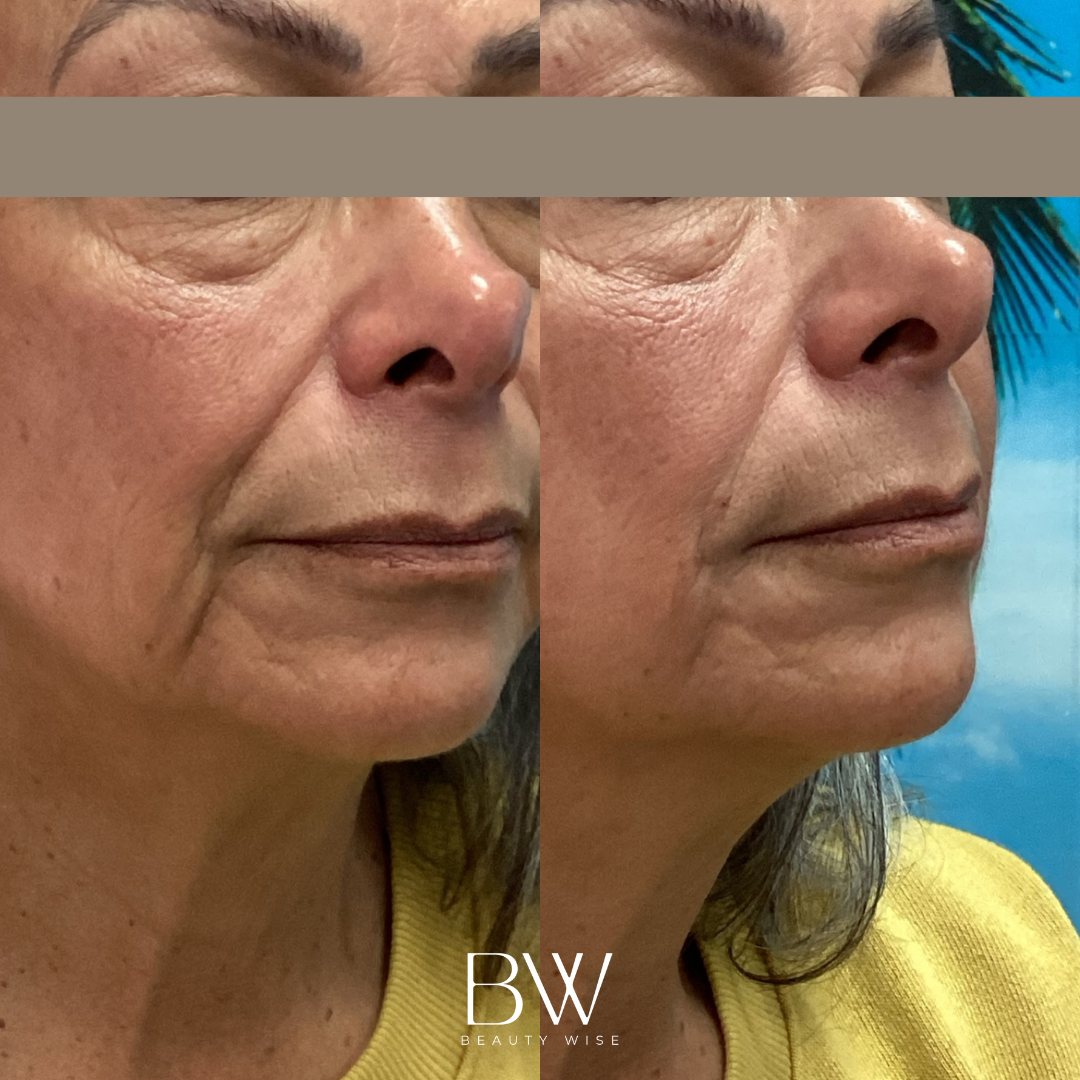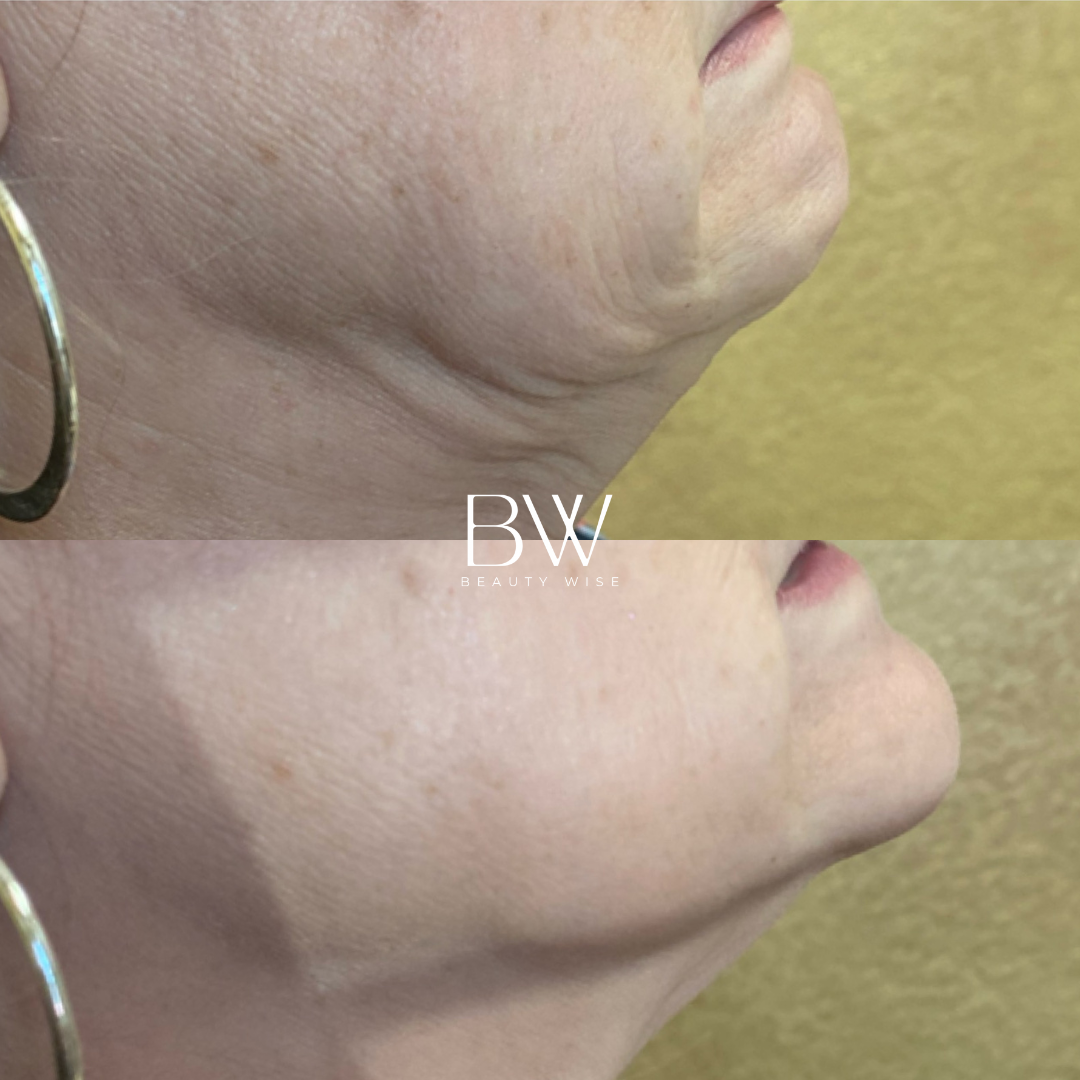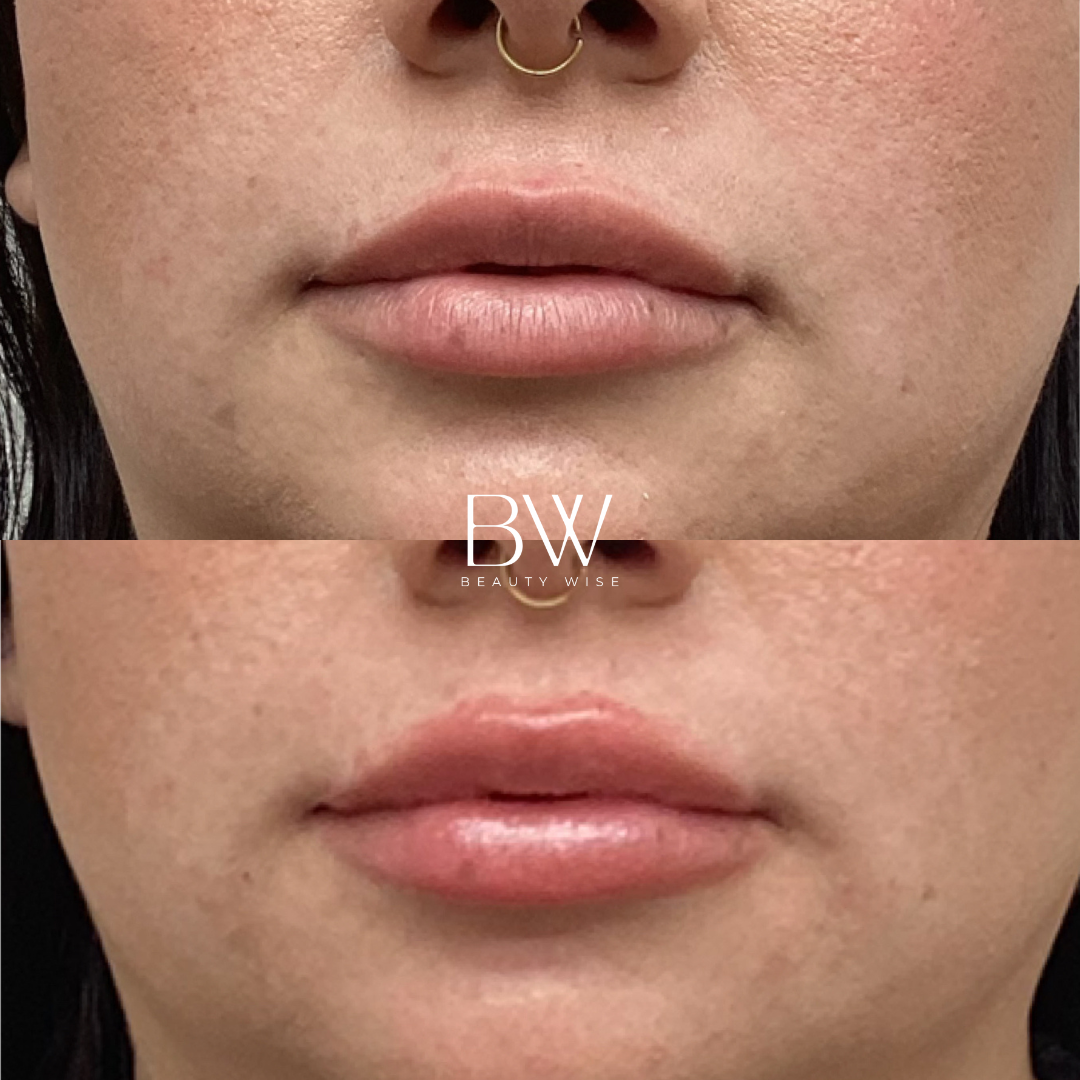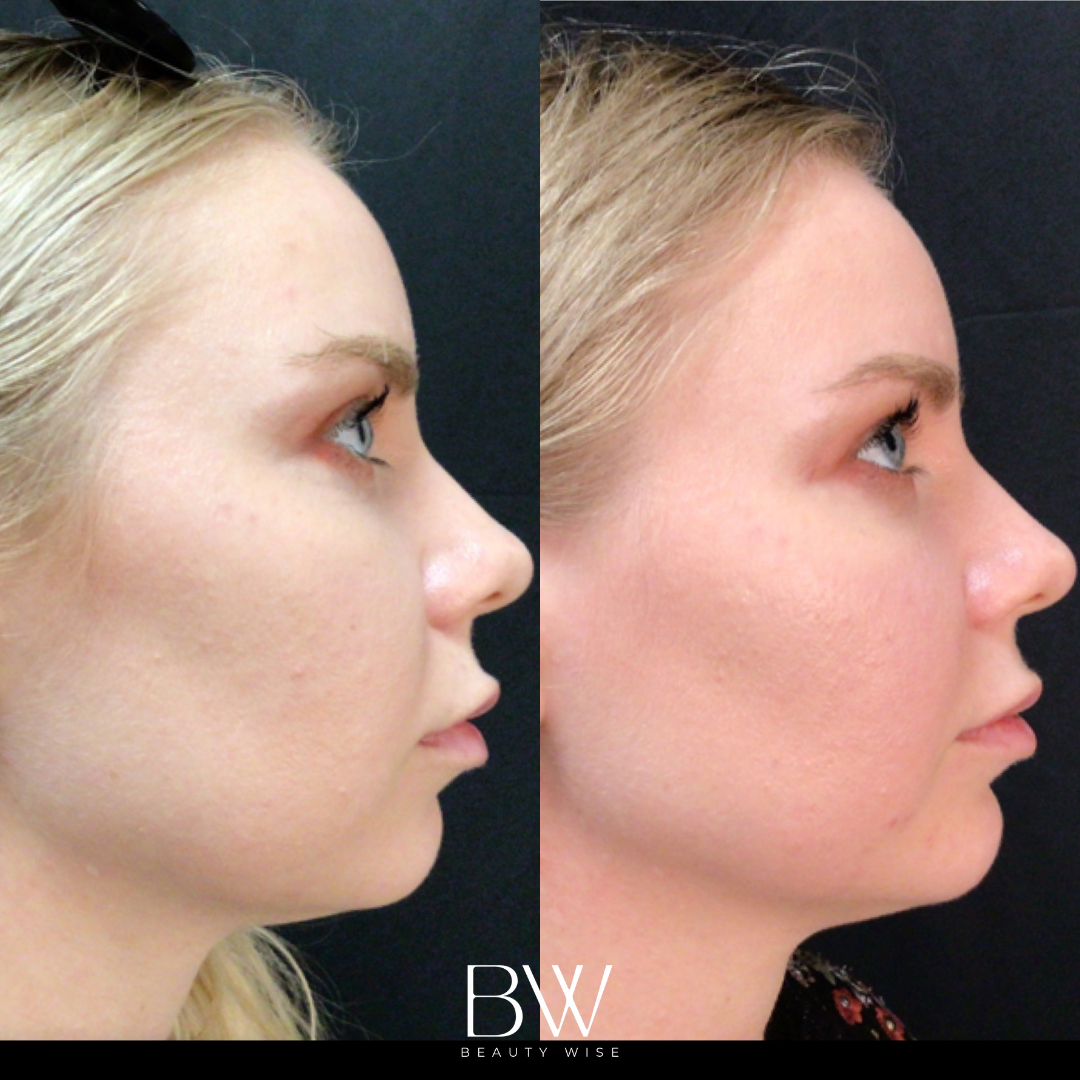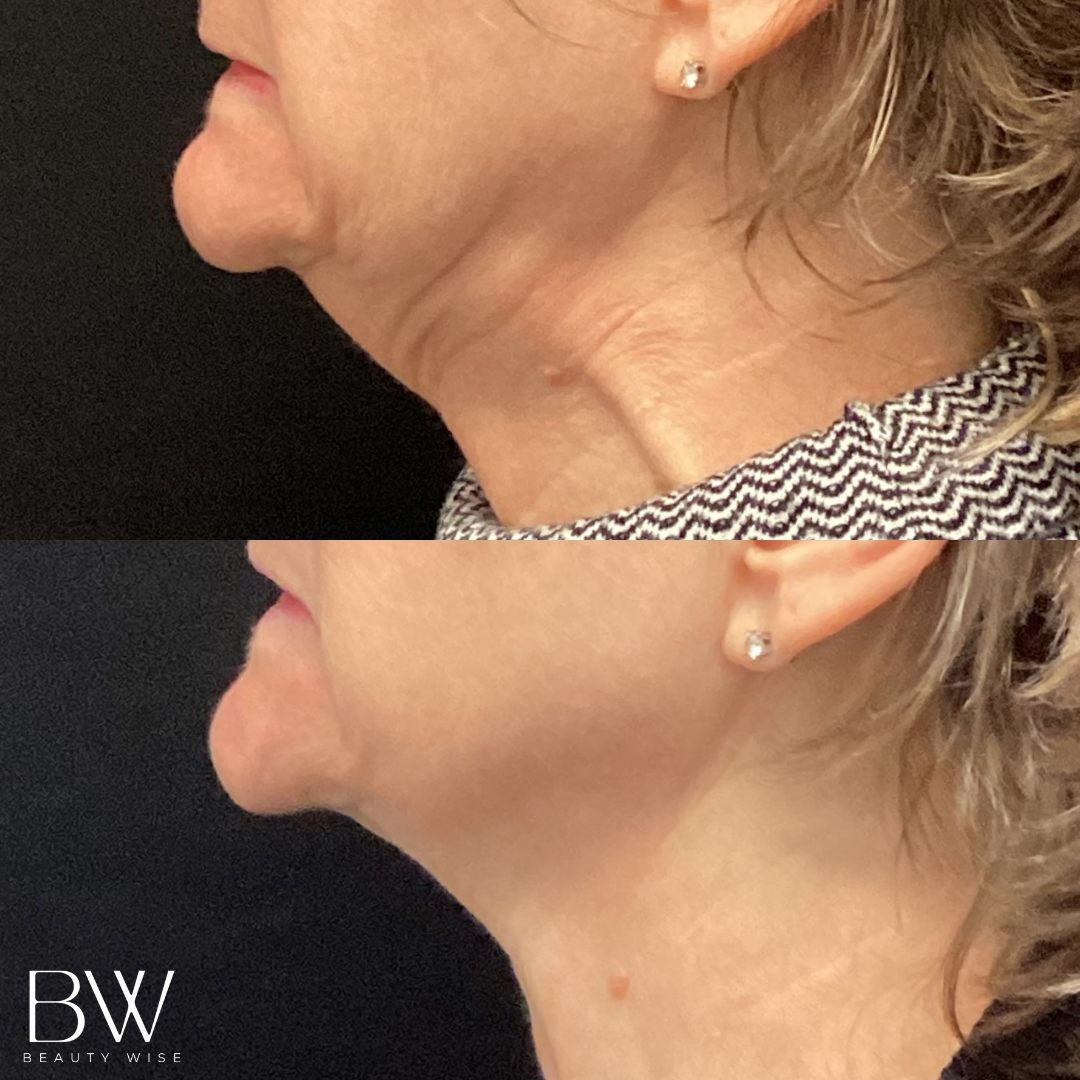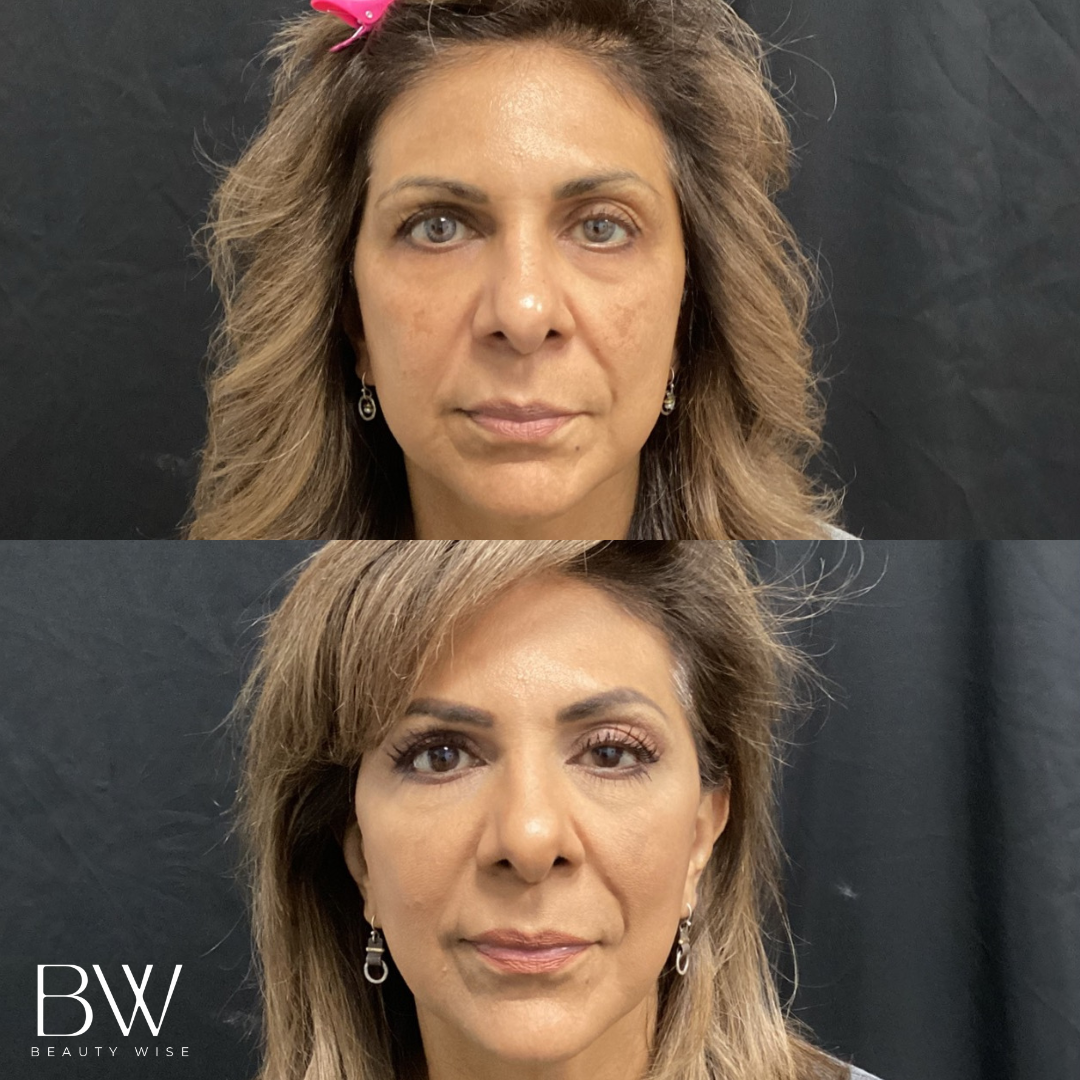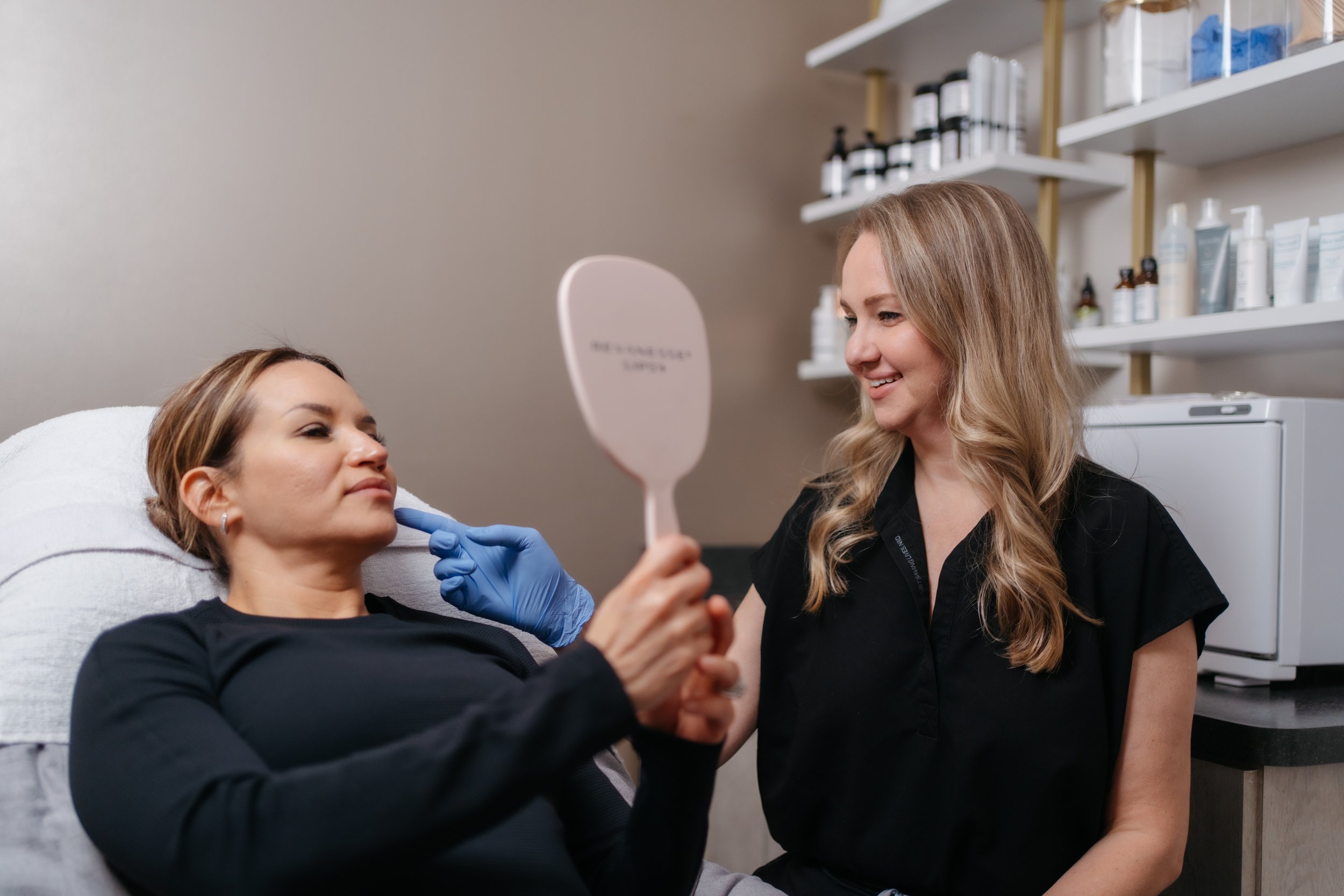
San Antonio’s
Premier Aesthetic & Wellness Med Spa
Welcome to Beauty Wise
Beauty Wise was developed with the idea that the best approach to total health was to be involved in each individual's internal and external wellness. Our team is able to address many concerns with aesthetic or nutritional advice and education. Whether you’re interested in learning how to better care for your skin or you’re preparing for a special occasion and want to wow your friends and family with weight loss or a glowing, youthful appearance, we have a provider and a treatment just for you. Beauty Wise in San Antonio invests in only the leading effective treatments, including Tox, Juvederm, Restylane Fillers, Radiesse, Scarlett RF, Hair Restoration, and GLP-1 Programs.
Our Most Loved Treatments
Why choose Beauty Wise?
Our providers work together to provide yOU with the best results for you.
Our Services
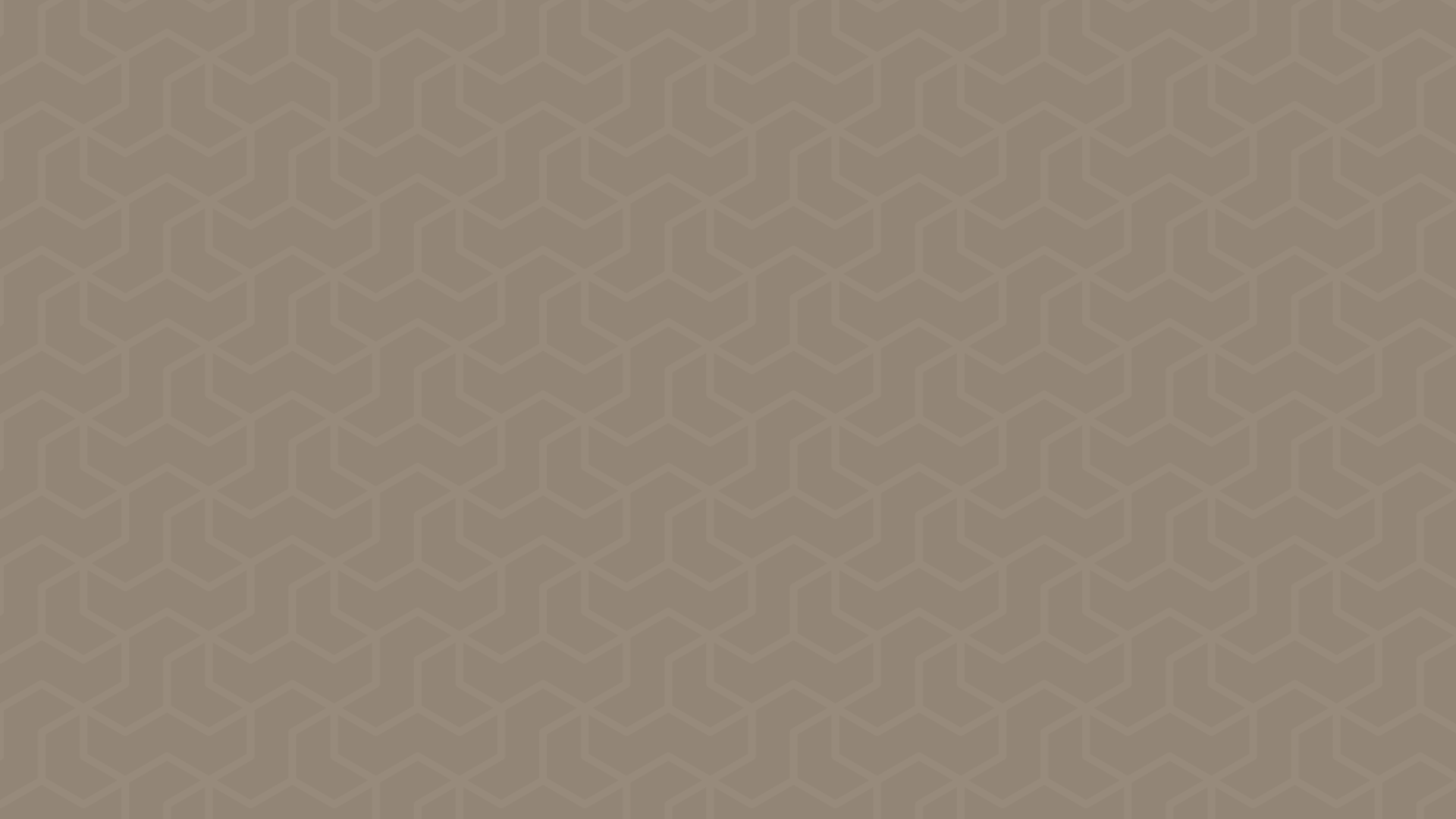
Meet our providers
-

Melissa
Master Injector
-

Samantha
Wellness & Weight Loss Expert
-

Rebecca
Laser Expert
-

Michelle
Licensed Aesthetician & Laser Tech
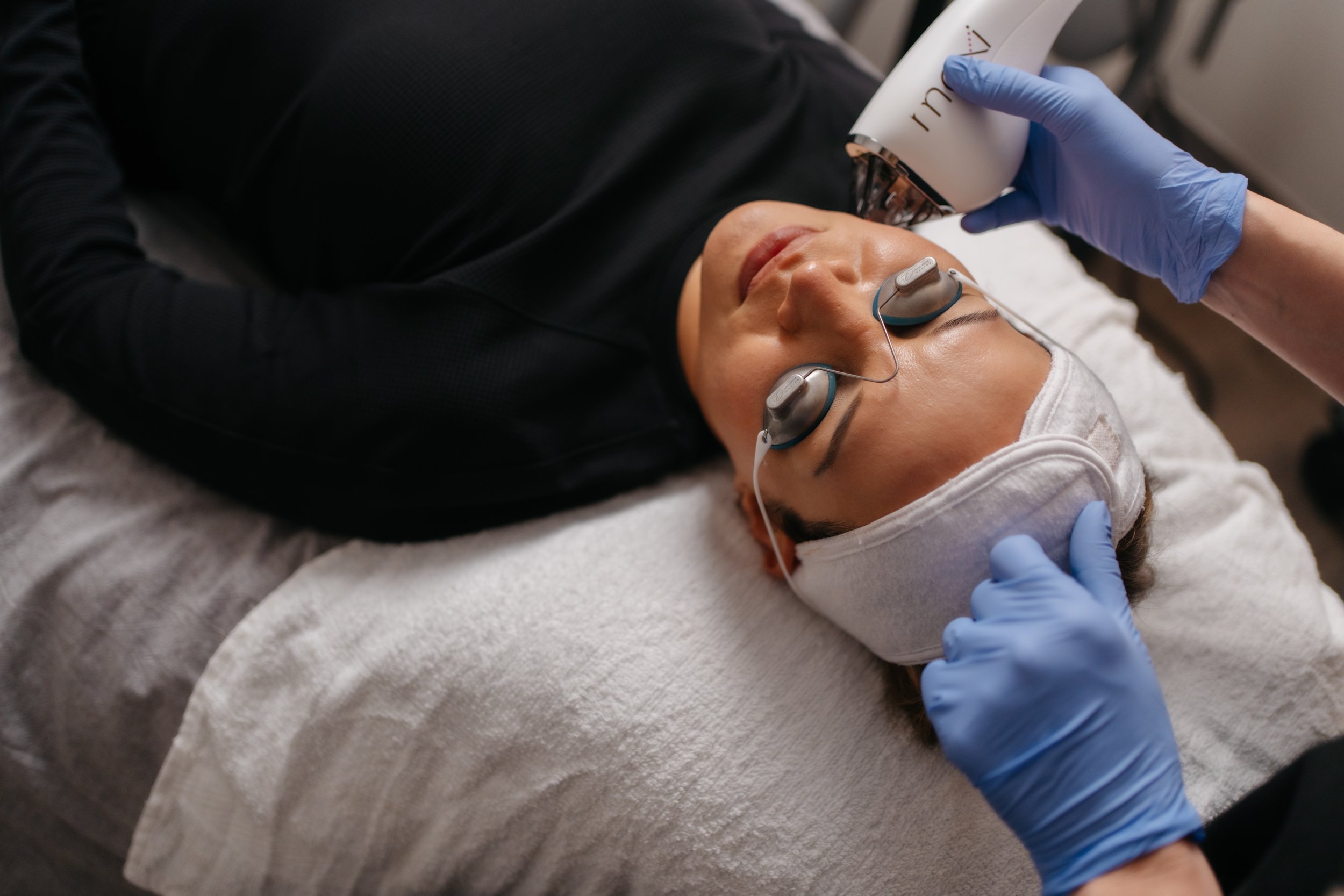
Our #1 laser
for diminishing pigmentation & Evening Skin Tone
Results we are obsessed with using the leading treatments
Introducing The Beauty Wise Membership
Our new VIP membership program is designed for patients who want to take their skincare game to the next level. Here’s what you get:
Priority Booking
Free Quarterly Tox
Exclusive Discounts
Monthly Bonus Perks











